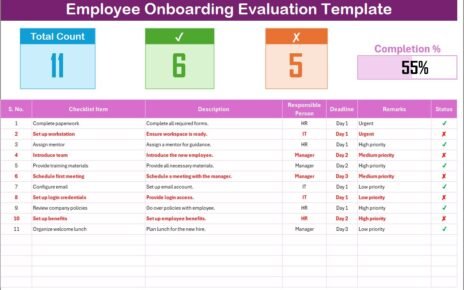Managing employee information shouldn’t be a headache—especially in small to mid-sized companies. You don’t need complicated software or expensive subscriptions to stay organized. That’s where the Employee Database Tracker in Excel comes in.
This powerful tool offers everything HR professionals, managers, and small business owners need to track, manage, and analyze employee records—all in Microsoft Excel, without any complex learning curve. Let’s explore how this smart Excel-based solution can change the way you manage your workforce!
Click to Purchases Employee Database Tracker in Excel
What is the Employee Database Tracker in Excel?
The Employee Database Tracker in Excel is a ready-to-use Excel and VBA-powered solution designed to centralize employee data. From employee IDs and contact details to department-wise analytics and dynamic charts, this tool helps you maintain complete control over your staff records.
Even better, it comes with automated forms, interactive dashboards, and data management tools, making HR processes smoother and faster.
Key Features of the Employee Database Tracker
Let’s dive into the main components and features that make this Excel tool so efficient:
Login Form – Keep Your Data Secure

The tracker opens with a user-friendly login form. Enter your credentials (e.g., User ID: Admin1, Password: abcd) and press Login or Enter. This ensures that only authorized users can access sensitive employee information.
Main Form – Your Control Panel
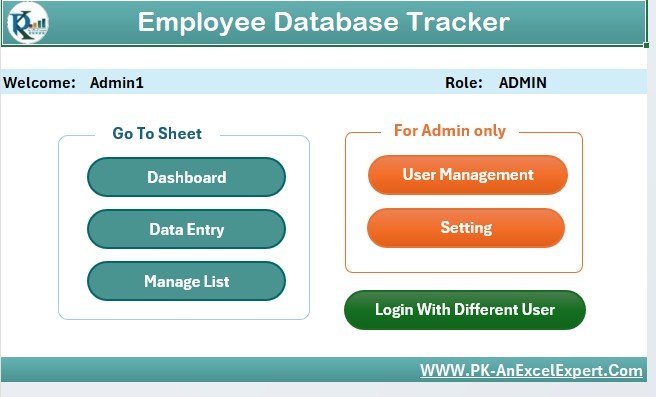
Once logged in, you’ll see the main control panel. This form is your central command for managing employee records. With intuitive buttons and dropdowns, you can:
-
Add new employee data
-
Edit existing records
-
Delete entries
-
Navigate to different sheets
-
Access User Management and Settings
Click to Purchases Employee Database Tracker in Excel
Dashboard Sheet – Visual Analytics at a Glance
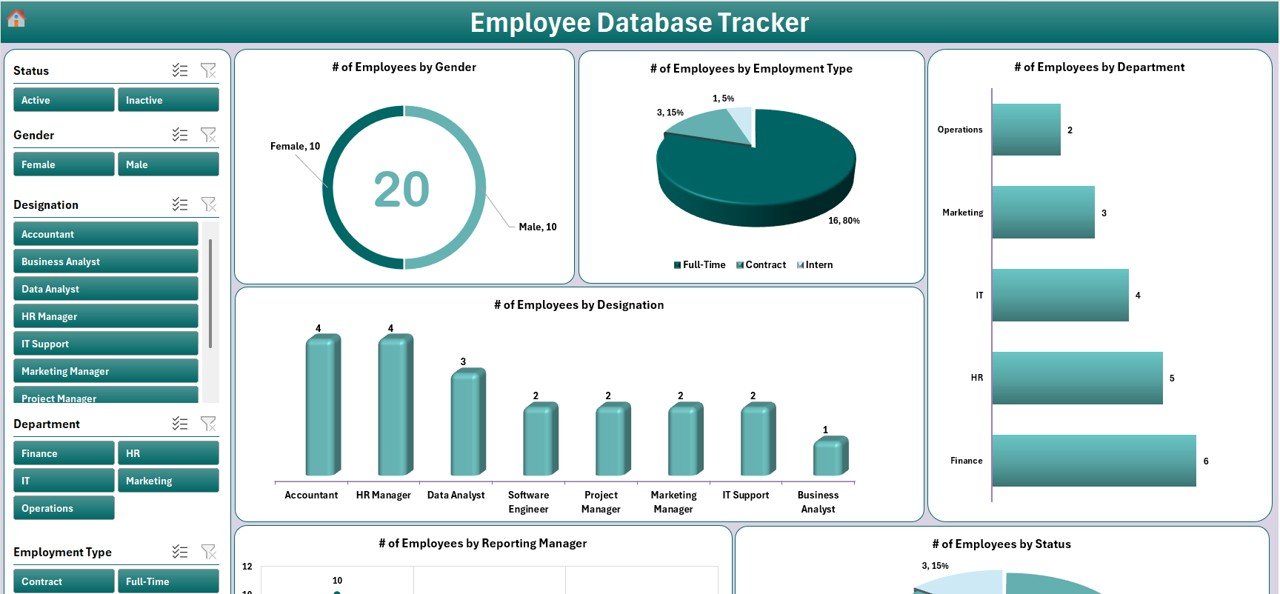
Data visualization helps in decision-making—and this tool delivers. The Dashboard sheet includes six interactive slicers and charts like:
-
Doughnut Chart: Employees by Gender
-
Pie Chart: Employees by Employment Type
-
Bar Chart: Employees by Department
-
Column Chart: Employees by Designation
-
Pie Chart: Employees by Reporting Manager
-
Pie Chart: Employees by Status
Use slicers to filter data instantly and analyze workforce metrics.
Data Entry Sheet – Smart Record Management
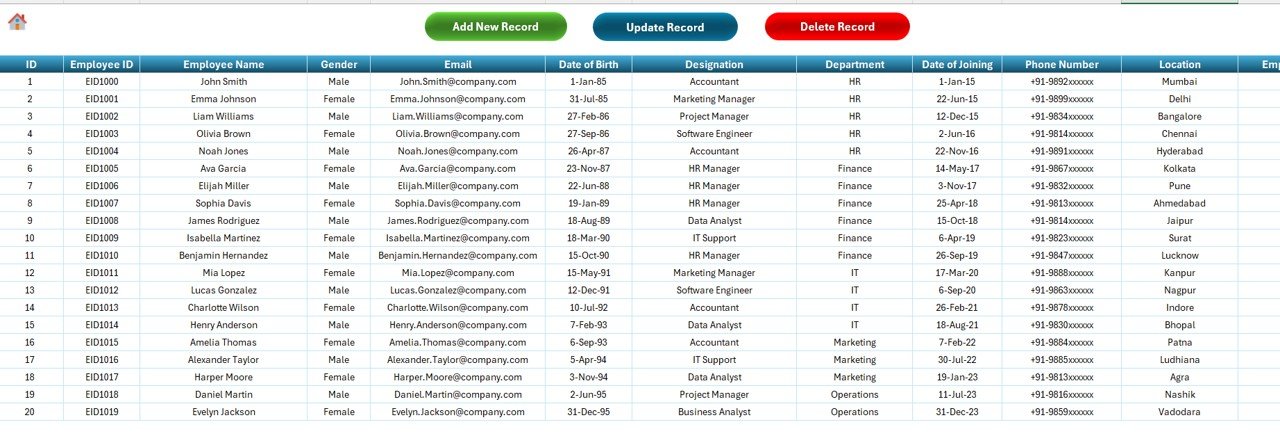
This is the backbone of the tool. The Data Entry Sheet allows you to:
-
View all employee records in table format
Click on buttons at the top for:
➕ Add New Record
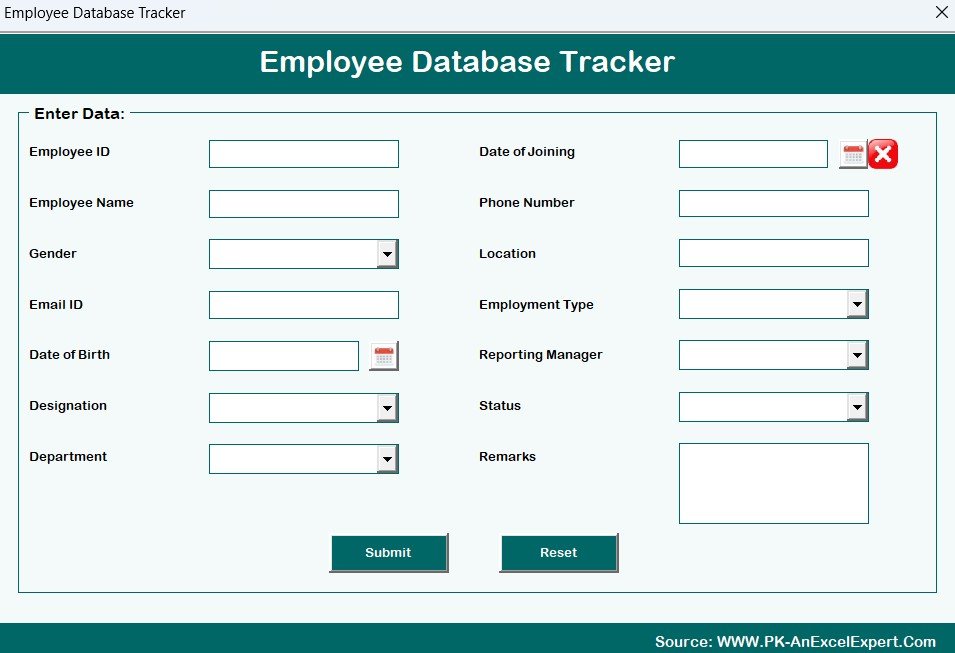
✏️ Update Record
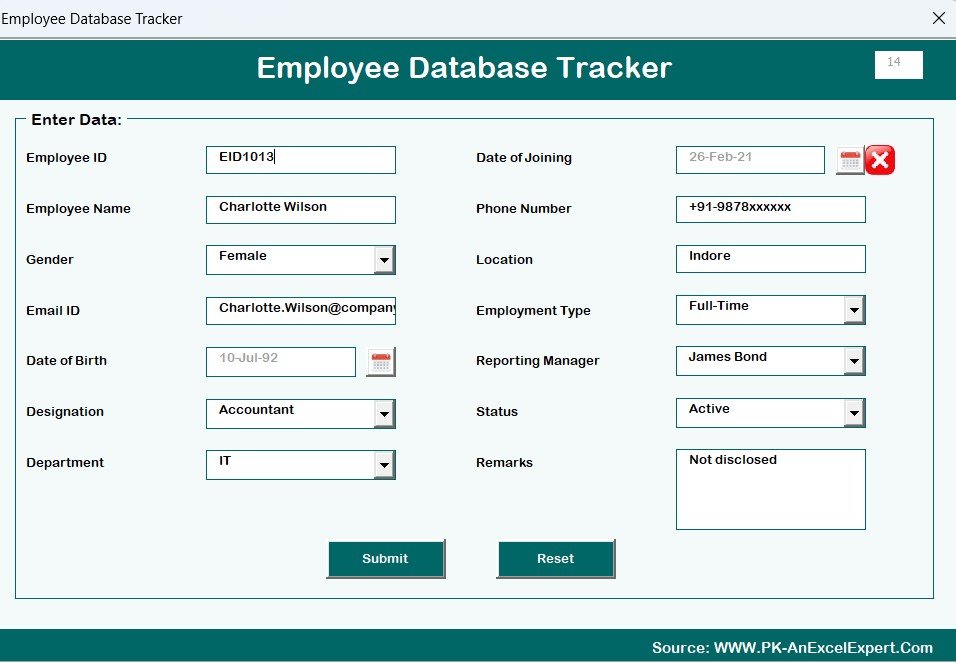
🗑️ Delete Record
The Data Entry Form includes fields like:
-
Employee ID
-
Name
-
Gender
-
Email
-
Date of Birth
-
Designation
-
Department
-
Date of Joining
-
Contact Number
-
Employment Type
-
Reporting Manager
-
Status
-
Remarks
And much more—all structured neatly for easy filtering and analysis.
Click to Purchases Employee Database Tracker in Excel
Manage List Sheet – Flexible Dropdown Control
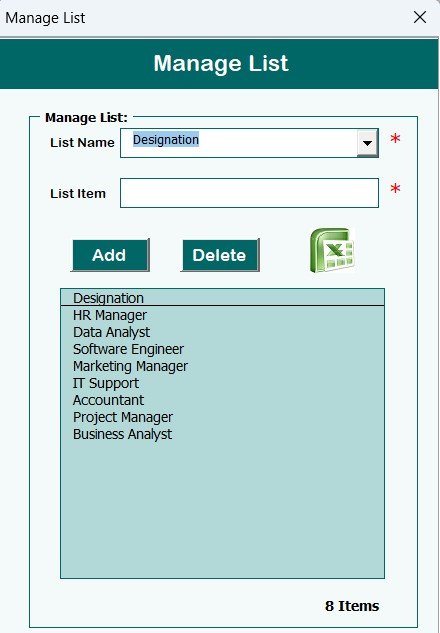
This sheet stores master data for dropdowns used in the Data Entry Form:
-
Gender
-
Designation
-
Department
-
Employment Type
-
Reporting Manager
-
Status
You can easily add or delete items in these lists, making the form adaptable to your organization.
Support Sheet – Behind-the-Scenes Engine

This sheet handles pivot tables and backend support for charts. While it’s fully functional, you don’t need to interact with it. We recommend hiding this sheet to keep things clean.
User Management – Multi-user Access Control
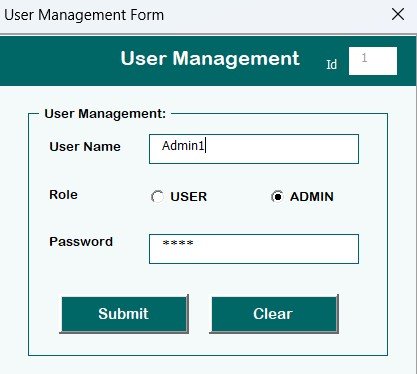
From the main form, you can access User Management. Here, you can:
-
Add new users
-
Update passwords
-
Delete users
-
Manage roles
Perfect for teams needing different access levels!
Settings Sheet – Customize Your Experience
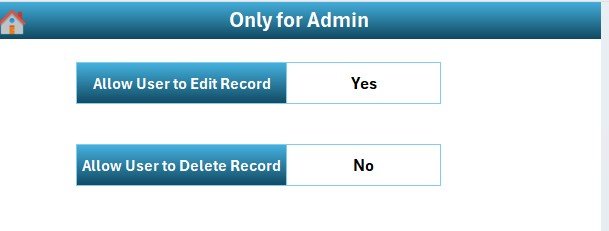
Want to change something? Use the Settings Sheet to tweak system preferences and personalize the tracker to your organization’s needs.
Advantages of Using the Employee Database Tracker in Excel
Using this tracker isn’t just about convenience—it offers real business advantages:
📌 Centralized Data
All employee details are stored in one structured sheet, reducing the risk of errors and misplacement.
📌 No Need for Expensive HR Software
Since it works in Excel, there’s no need for additional HR software subscriptions—saving your business money.
📌 Faster Data Entry with Forms
No more scrolling through endless rows! Just use the Data Entry Form to add or edit data quickly.
📌 Real-time Dashboard Updates
As soon as you update or add a record, the Dashboard auto-refreshes, keeping your data always up to date.
📌 Scalable and Customizable
Whether you have 10 or 1000 employees, this template scales effortlessly. Add new dropdown options, modify visuals, or even embed it into larger systems.
Best Practices for Using the Employee Database Tracker
To get the best out of this Excel tracker, follow these smart practices:
✔️ Set Role-Based Access
Use the Login Form and User Management wisely. Only allow HR or admin staff to edit sensitive data.
✔️ Maintain the Manage List Sheet
Keep this sheet updated so that your forms remain relevant. For example, if you add a new department, reflect it here.
✔️ Take Regular Backups
Although Excel is stable, it’s smart to back up your file weekly or monthly to avoid accidental data loss.
✔️ Use Filters in the Data Sheet
The Data Entry Sheet supports Excel filtering. Use it to quickly find employee records based on department, manager, or status.
✔️ Keep the Support Sheet Hidden
Since it’s not meant for manual edits, hide the support sheet to avoid accidental changes.
How Does This Tool Help HR Teams?
This tool brings clarity and structure to HR operations. Here’s how:
-
Recruitment & Onboarding: Easily add new hires and track their details from Day 1.
-
Performance Tracking: Use remarks and status fields to track performance, probation periods, or contract statuses.
-
Departmental Analysis: Dashboard visuals give instant insight into team sizes, diversity, and structure.
-
Auditing & Compliance: With every record neatly stored, audits become less stressful and more efficient.
Why Choose Excel + VBA for HR Tracking?
While cloud-based HR tools are rising in popularity, Excel still holds strong advantages, especially when powered by VBA.
-
Offline Access: No internet? No problem.
-
No Licensing Issues: You’re using Excel you already own.
-
High Flexibility: Want to add more fields? Just do it. No developer needed.
-
Complete Control: You decide how your data looks, behaves, and is protected.
Future Additions You Can Consider
If you’re comfortable with Excel and VBA, you can take it even further:
-
Add Employee Photo Upload in the form
-
Create Monthly Reports using pivot tables
-
Include Leave or Attendance Management
-
Link it to Payroll Calculators
This file is your foundation—build on it however you like.
Conclusion
The Employee Database Tracker in Excel is more than just a spreadsheet—it’s a full-fledged employee management tool for any business that values simplicity, control, and accuracy.
From smart data entry to insightful dashboards, it brings all your HR operations under one roof. If you’re tired of managing employee records manually or through scattered files, now is the time to streamline the process with this all-in-one Excel tracker.
Frequently Asked Questions (FAQs)
Q1: Can I use this tracker for more than 500 employees?
Yes! The Excel tracker can handle thousands of records. You may just need to optimize the workbook performance by disabling auto-calculation or splitting sheets if data volume increases.
Q2: Is the login form customizable?
Absolutely. You can add more user roles, change the default credentials, or even add multi-user access control via VBA.
Q3: Will the dashboard update automatically?
Yes. Every time you add or edit a record, the charts and pivot tables refresh automatically, ensuring the dashboard always reflects the latest data.
Q4: What Excel version do I need?
You should use Microsoft Excel 2016 or later for the best VBA and form functionality.
Q5: Can I share this tool across teams?
Yes, but make sure everyone has access to the macro-enabled Excel file (.xlsm) and enables macros upon opening.
Watch the step-by-step video tutorial:
Visit our YouTube channel to learn step-by-step video tutorials
Click to Purchases Employee Database Tracker in Excel



